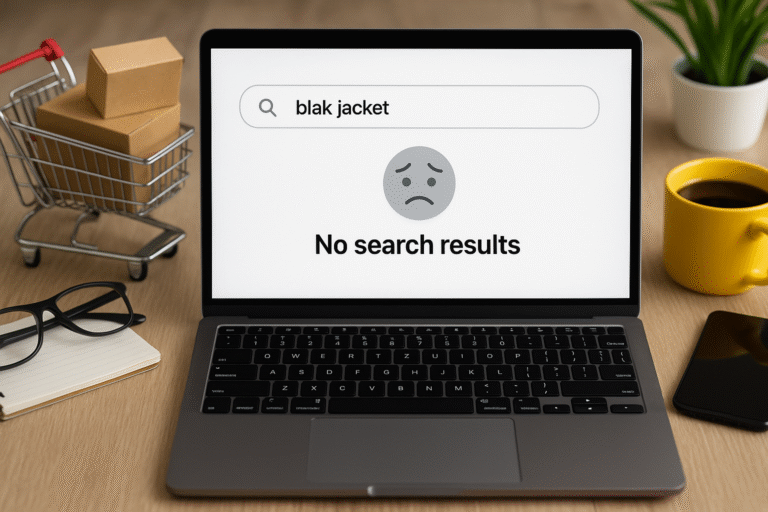In the realm of website analytics, bounce rate is a crucial metric that provides insights into user engagement and website performance. Understanding bounce rate is essential for optimizing your website, enhancing user experience, and driving conversions. In this article, we will explore what bounce rate is, how it is calculated, and strategies to improve it.
Defining Bounce Rate:
Bounce rate refers to the percentage of visitors who land on a webpage and then leave the website without interacting with any other pages. In other words, it represents the proportion of users who “bounce” away after viewing only a single page. A high bounce rate typically indicates that visitors are not engaging further with your website’s content or taking desired actions, such as making a purchase, filling out a form, or exploring other pages.
Calculating Bounce Rate:
The bounce rate is calculated by dividing the number of single-page sessions by the total number of sessions on your website and then multiplying the result by 100 to obtain a percentage. For instance, if you had 1,000 sessions with 400 single-page sessions, the bounce rate would be 40%.
Understanding Bounce Rate in Context:
It’s important to interpret bounce rate in the context of your website’s objectives and the type of content it offers. While a high bounce rate can be concerning, it may not always indicate a problem. For example, a blog or news website where users find the information they need on a single page might naturally have a higher bounce rate. On the other hand, an e-commerce website with a high bounce rate could indicate issues with product pages, user experience, or the overall website design.
Factors Affecting Bounce Rate:
Several factors can influence bounce rate, including:
1. Relevance and Quality of Content:
If the content on your webpage is irrelevant, poorly written, or fails to meet user expectations, visitors are more likely to leave immediately, resulting in a higher bounce rate.
2. Website Design and User Experience:
A poorly designed website with complicated navigation, slow page load times, or a lack of mobile responsiveness can frustrate users and lead to a higher bounce rate.
3. Targeted Traffic:
The source of your website traffic plays a role in the bounce rate. If your website attracts irrelevant or unqualified visitors, they are more likely to leave without further engagement, leading to a higher bounce rate.
4. Landing Page Optimization:
The layout, call-to-action placement, and overall optimization of your landing pages can significantly impact the bounce rate. A confusing or unappealing landing page can drive users away.
Strategies to Improve Bounce Rate:
1. Enhance Content Relevance:
Ensure that your webpage content aligns with the search intent of users and delivers what they expect. Optimize your meta tags, headlines, and descriptions to accurately represent the content and attract the right audience.
2. Improve Website Design:
Focus on creating a visually appealing, user-friendly website with clear navigation, intuitive menus, and fast-loading pages. A clean and responsive design can keep users engaged and reduce bounce rates.
3. Optimize Call-to-Actions:
Place clear and compelling calls-to-action (CTAs) on your web pages to guide visitors to take the desired actions. Use persuasive language, attractive buttons, and relevant offers to entice users to explore further.
4. Improve Page Load Times:
Slow-loading pages frustrate users and increase the likelihood of them bouncing. Optimize your website’s performance by compressing images, minimizing plugins, and leveraging caching techniques to improve page load times.
5. Enhance Mobile Responsiveness:
With the increasing use of mobile devices, ensure that your website is mobile-responsive and provides a seamless
Conclusion:
Bounce rate is an essential metric for measuring website performance and user engagement. It represents the percentage of visitors who navigate away from a website after viewing only a single page. A high bounce rate can indicate various issues such as irrelevant content, slow loading times, poor user experience, or ineffective marketing strategies.




